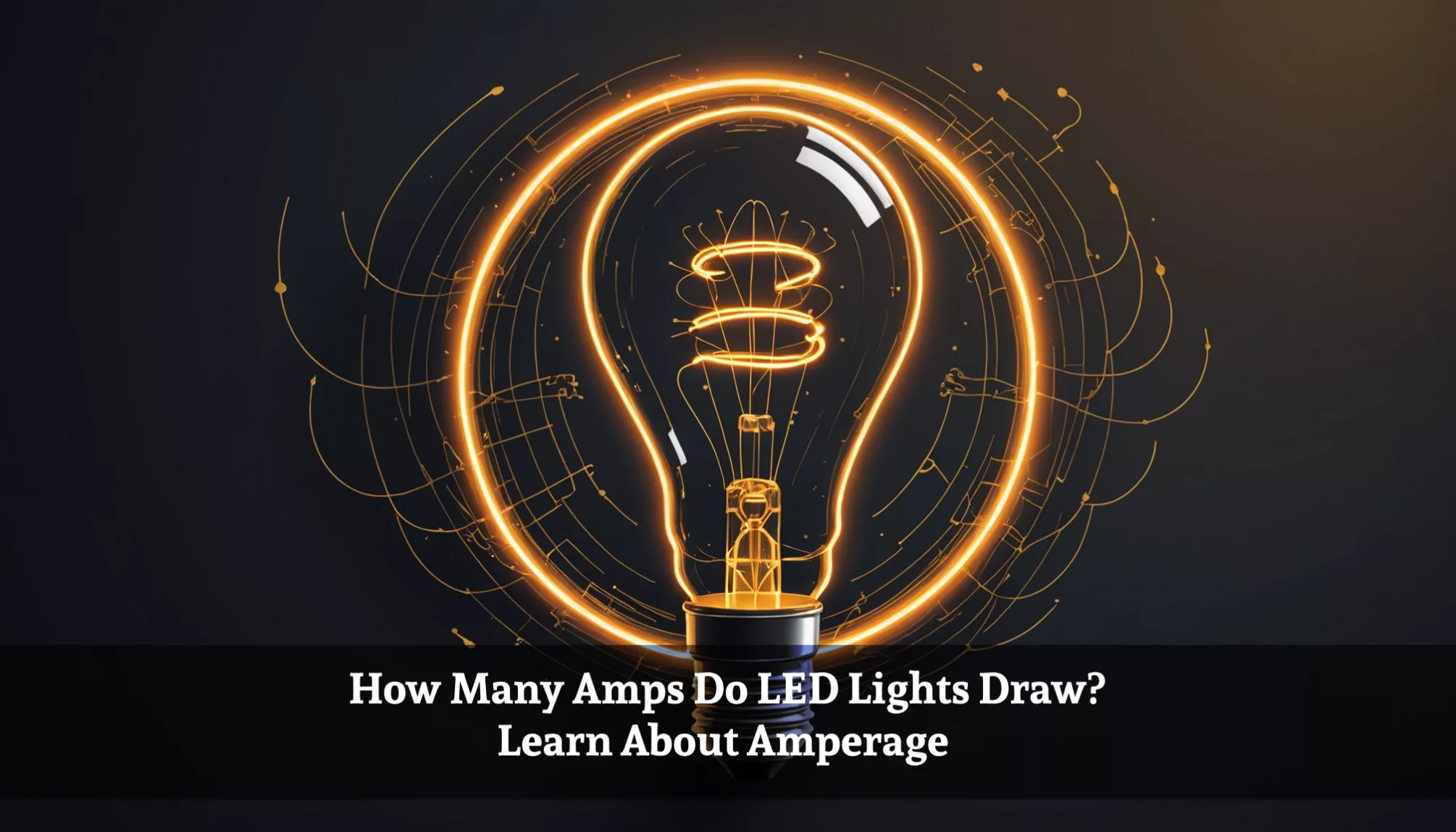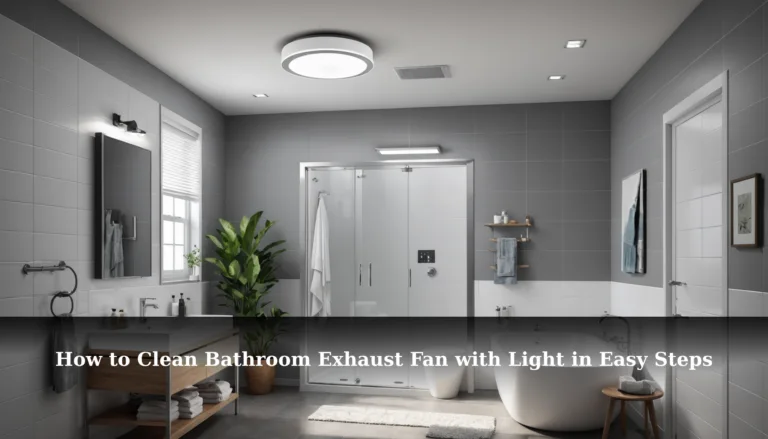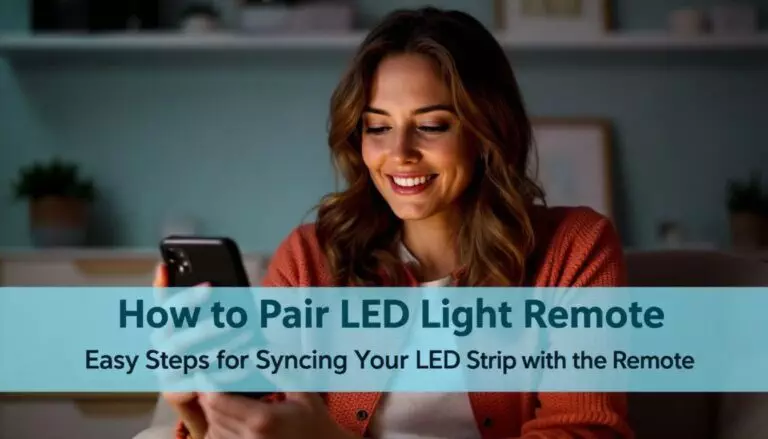How Many Amps Do LED Lights Draw? Understanding Amperage for Your Home Lighting Needs
Ever wondered about the magic behind your LED lights? Specifically, how many amps do LED lights draw? Understanding this is super important for anyone looking to brighten their home without breaking the bank on electricity bills. LEDs use significantly fewer amps than traditional bulbs, making them a smarter choice for energy-efficient lighting.
If you’re planning to install or upgrade your lighting, knowing the amperage can help you avoid circuit overloads and ensure everything runs smoothly. In this article, we’ll dive into how to calculate the amps drawn by different LED wattages, the benefits of low amperage, and tips for choosing the best lighting options for your space. Get ready to shine a light on your lighting choices and make your home both bright and budget-friendly!
Understanding Amperage in LED Lights
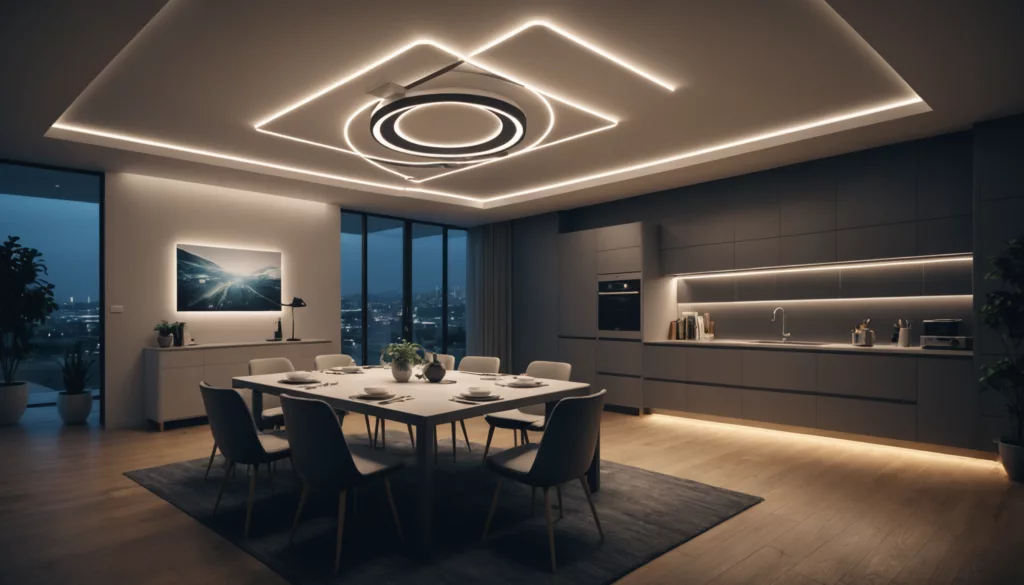
What is Amperage Draw for LED Lights?
Amperage draw means how much electric current LED lights use when they are turned on, measured in amps. For example, a 10-watt LED bulb usually uses about 0.083 amps on a 120-volt circuit. This efficiency is one reason why people like using LEDs instead of regular bulbs.
Importance of Calculating Amperage for LED Installations
Calculating amperage is crucial for ensuring that electrical circuits can safely handle the load of LED lights. If circuits are overloaded, it can lead to tripped breakers or even fire hazards. Understanding the amperage draw helps in creating safe and effective lighting setups.
Low Amperage Benefits in Energy Consumption
LED lights are known for their energy efficiency due to their low amperage draw. For example, a 60-watt regular bulb uses about 0.5 amps of power, while a similar LED bulb only uses about 0.08 to 0.1 amps. This means you save money on your electricity bill and help the environment.
References:
How Many Amps Do LED Lights Draw in Different Scenarios?

Calculating the Amps for Common LED Light Wattages
To determine how many amps an LED light draws, you can use the formula:
Amps=WattsVolts\text{Amps} = \frac{\text{Watts}}{\text{Volts}}
For example:
- A 10-watt LED on a 120-volt circuit:Amps=10120≈0.083 amps\text{Amps} = \frac{10}{120} \approx 0.083 \text{ amps}
- A 15-watt LED:Amps=15120≈0.125 amps\text{Amps} = \frac{15}{120} \approx 0.125 \text{ amps}
This calculation helps plan efficient lighting systems.
Factors Affecting the Amperage Draw of LED Lights
Several factors can influence the amperage draw:
- Wattage: Higher wattage results in higher amperage.
- Voltage: Most residential circuits operate at 120 volts, but variations can occur.
- Driver Efficiency: The efficiency of the driver circuit can affect power use.
Comparing Amperage Draw Between LED and Traditional Lighting
LED lights generally consume significantly less current than traditional incandescent bulbs. A standard 100-watt incandescent bulb consumes about 0.83 amps, while an equivalent LED bulb typically uses only around 0.12 amps. This highlights the significant energy savings that can be achieved by switching from incandescent to LED lighting.
Citations:
Essential Tools for Accurate Amperage Calculations
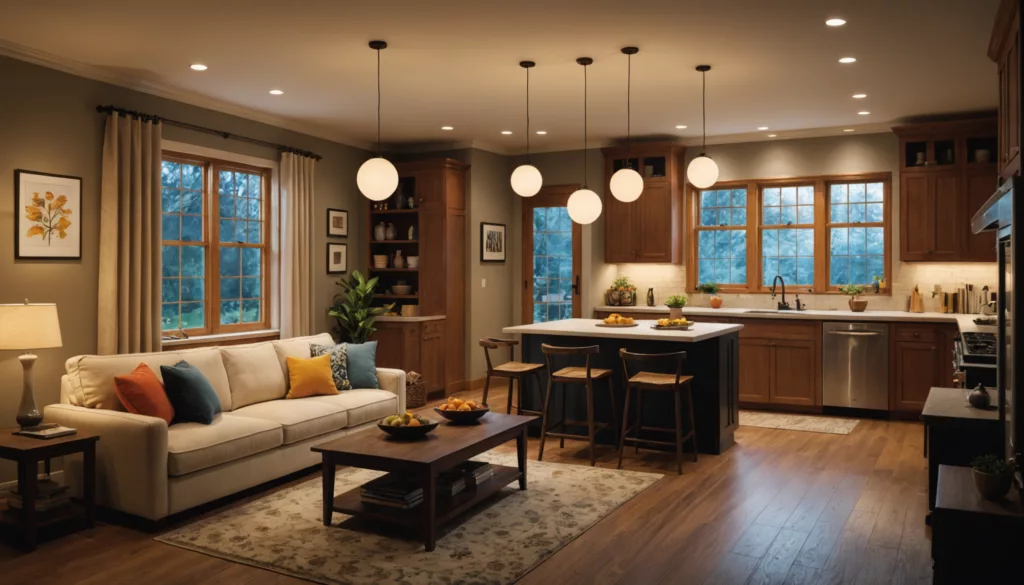
Tools and Resources for Calculating the Amperage Draw
Various tools can assist in calculating amperage:
- Online calculators allow users to input wattage and voltage for quick results.
- Multimeters can directly measure the current in amps.
Understanding Electrical Circuits and LED Amperage
Understanding electrical circuits is crucial for safe installations. Each circuit has a capacity limit (often 15 or 20 amps). It’s important to calculate the total amperage of all connected devices to ensure they do not exceed this limit.
Safety Precautions When Working with Electrical Circuits
When working with electrical circuits, always turn off the power before making any changes, use insulated tools, and wear safety gear. Understanding the risks can prevent accidents and ensure safe installations.
Expert Recommendations for Managing LED Light Amperage
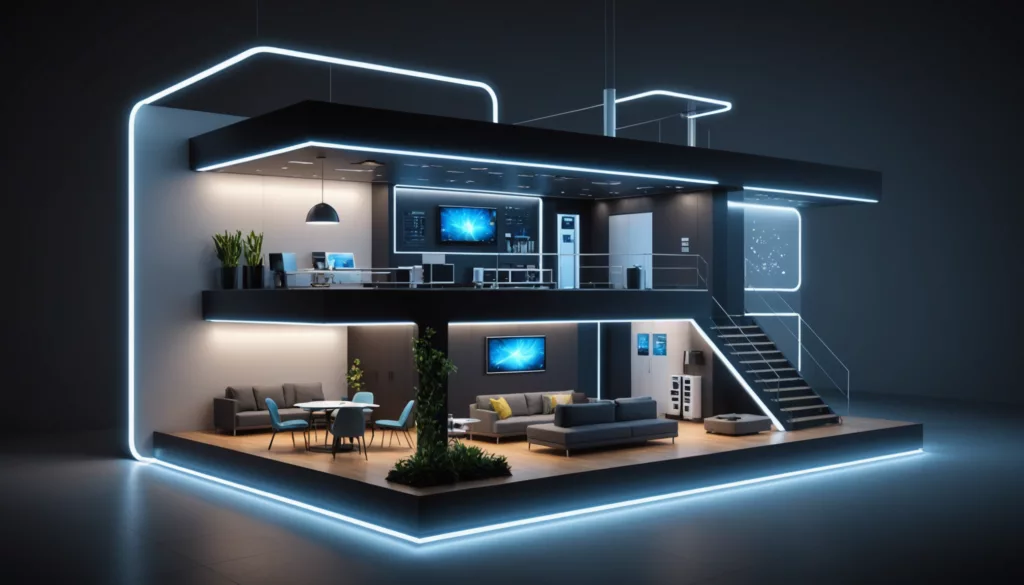
Tips for Selecting Energy-Efficient LED Lighting Solutions
- Check for Energy Star Ratings: Opt for bulbs that meet energy efficiency standards.
- Prioritize Lumens per Watt: Choose bulbs that offer high brightness with lower wattage.
- Consider Smart Lighting Options: Smart bulbs adjust energy use based on needs.
Future Trends in LED Technology and Amperage Efficiency
As technology progresses, future LEDs are expected to draw even fewer amps while providing greater light output. Innovations in design and materials will continue to enhance energy efficiency.
Conclusion
Understanding how many amps LED lights draw is essential for safe and efficient electrical installations. LEDs generally consume significantly less current than traditional bulbs, leading to lower electricity bills and enhanced energy efficiency. By calculating and managing amperage, homeowners can optimize their lighting solutions for safety and cost-effectiveness.
FAQs
1. What Would Be the Amperage Draw for 100 Watts of LED Light?
Using the formula:
Amps=100120≈0.833 amps\text{Amps} = \frac{100}{120} \approx 0.833 \text{ amps}
2. Do All LED Lights Have Low Amperage?
Yes, most LEDs operate at lower amperages compared to traditional lighting options, contributing to their energy efficiency.
3. How to Determine if Your LED Lights Are Energy-Efficient?
Check for Energy Star certification and evaluate the lumens per watt ratio to assess efficiency.

